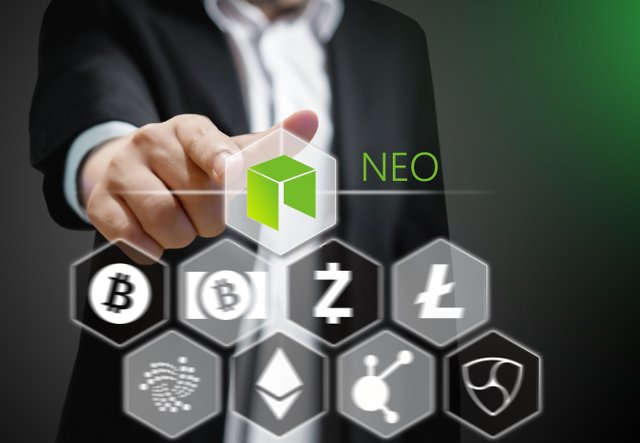Why NEO is a buy - The Smart Economy

Ethereum-like is an easy and common way to describe NEO. Both are blockchain projects designed to host smart contracts, decentralized applications (DApps) and Initial Coin Offerings (ICOs), all while staying decentralized.
Smart Contracts are computer encoded processes, terms, and conditions that
will reliably and blindly execute as programmed. Users of smart contracts no longer have to trust that terms and conditions will be followed, as the rules embedded in a smart contract are essentially etched in stone.
Hosting smart contracts means they need to have some system in place to fuel these computations and work. They begin to differ slightly in this regard. NEO uses two separate tokens, one called NEO and the other GAS to create a functioning network. The NEO token works as a voting share which is used to vote for consensus nodes. These nodes then work to generate blocks and make decision on the blockchain. While GAS is used to pay for service fees on chain. The NEO project chose to decouple the assets in order to provide more flexibility. From the whitepaper:
"NEO implements a Delegated Byzantine Fault Tolerance consensus algorithm which takes advantage of some PoS-like features(NEO holders vote on Consensus Nodes) which protects the network from Byzantine faults using minimal resources, while rejecting some of its issues. This solution addresses performance and scalability issues associated with current blockchain implementations without a significant impact to the fault tolerance."
That brings us to the first major difference. Ethereum is still using Proof of Work (PoW)(Ethereum’s PoS is currently under development). Sticking to the goal of flexibility, another difference is the programming language used to build smart contracts. NEO’s goal is to allow contracts to be built using multiple languages such as: Java, C#, Python and Go, while Ethereum only allows for Solidity (Ethereum’s unique programming language). Currently in the Ethereum community there are talks of creating a more strict language to prevent contract bugs. The goal with a more strict language simply put, is with Solidity (Ethereum’s language) you will know if there is a problem more than likely prior to publishing your code on the live chain versus running into problems with the consensus down the road. However a trade off is made in the form of adoption rate. With only a small select number of Solidity developers compared to the countless amount of other language users, NEO has a large edge is growth.
The directions of the projects differ slightly as follows…
NEO — Focused on the “Smart Economy” by making real world assets digitized while running contracts and decentralized applications. More specifically, they are incorporating digital identity directly with the nodes whereas Ethereum leverages additional applications. With a focus on enterprise, NEO can target governments and institutions which require the sufficient identity and can possibly be unable to use a more anonymous platform such as Ethereum.
Ethereum — Focused on becoming the world’s “Super Computer” by running contracts and decentralized applications.
It is safe to say their goals line up on a fundamental level, with similar means of execution. However, NEO has variations that allow for a more focused implementation of a “smart economy”. This can be seen as a trade off when compared to a more robust and privacy focused competitor.
Developers still lean heavily in favour or Ethereum, yet NEO has been making great strides in building its community. NEO lacked brand-awareness in the West for the first half of its year. Prior to a complete rebrand, you can find it listed as Antshares (ANS). This, paired with more complete English documentation and enhanced marketing has helped shine a light on the project. Antshares was an ICO out of China which generated a lot of hype, typically referred to as the “Ethereum of China”. This phrase has since become quite overused but does carry a little truth. China tends to stick to products and projects created and housed domestically. This trend is obvious when looking at the tech marketplace. ICO’s and applications built upon a Chinese based protocol can bring in capital not already participating in the Ethereum based projects.
NEO is seen by a lot as a competitor of Ethereum. The amount of developers involved is a great indicator of a project, yet the age of the project needs to be taken into account. Ethereum had first mover advantage and it is still to be seen if NEO can catch up. The rate of expansion of NEO’s ecosystem gives us reason to believe it will be a great contender in the space especially with Asia’s adoption and growth in the blockchain sector.
Cheers,
Breaking: https://steemit.com/news/@bible.com/6h36cq